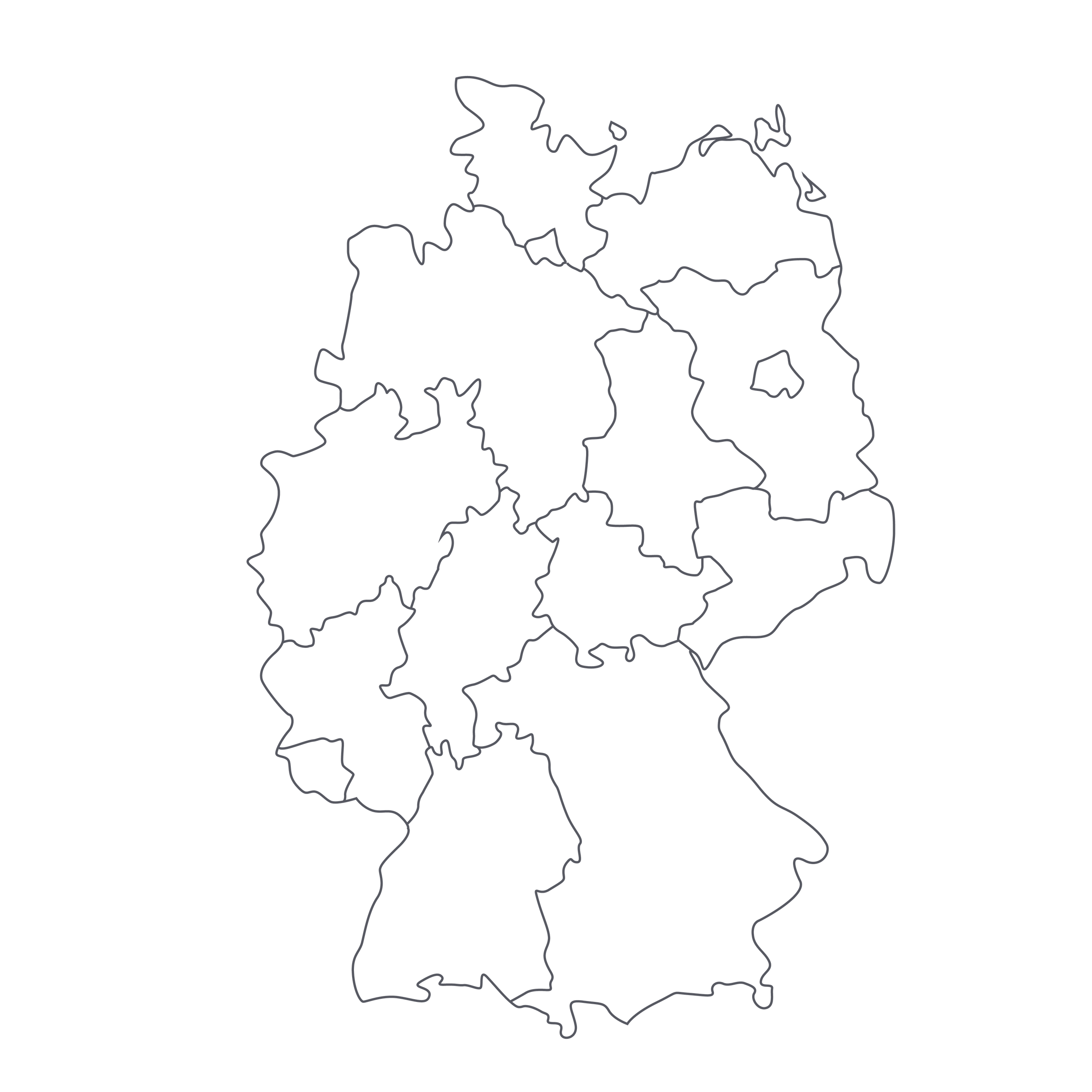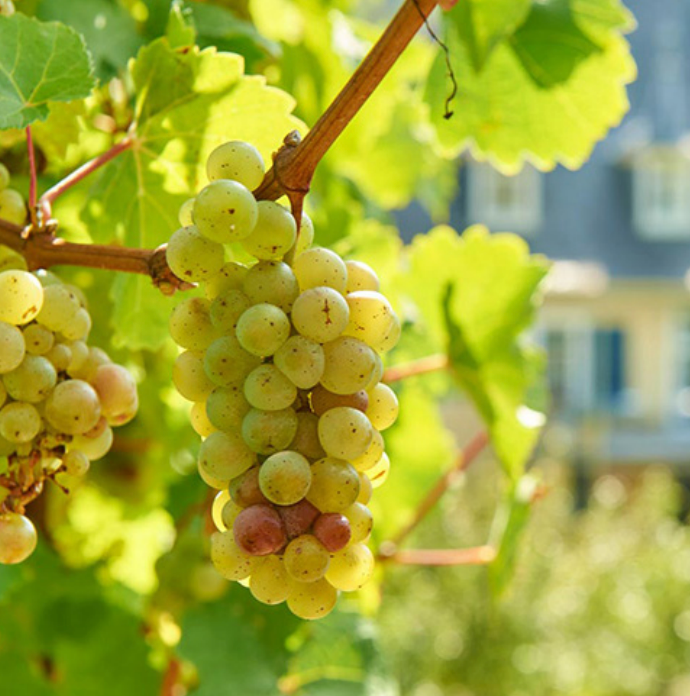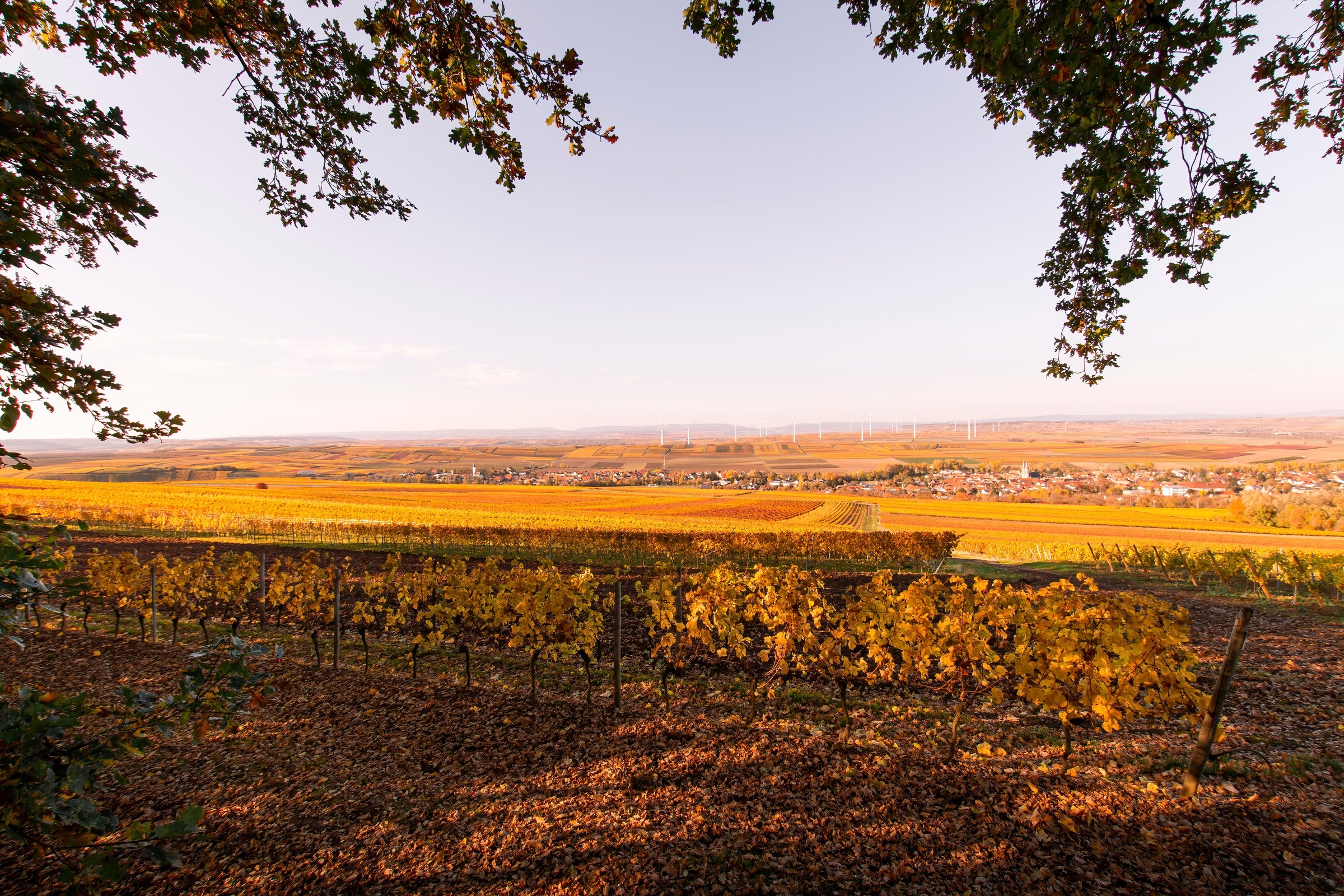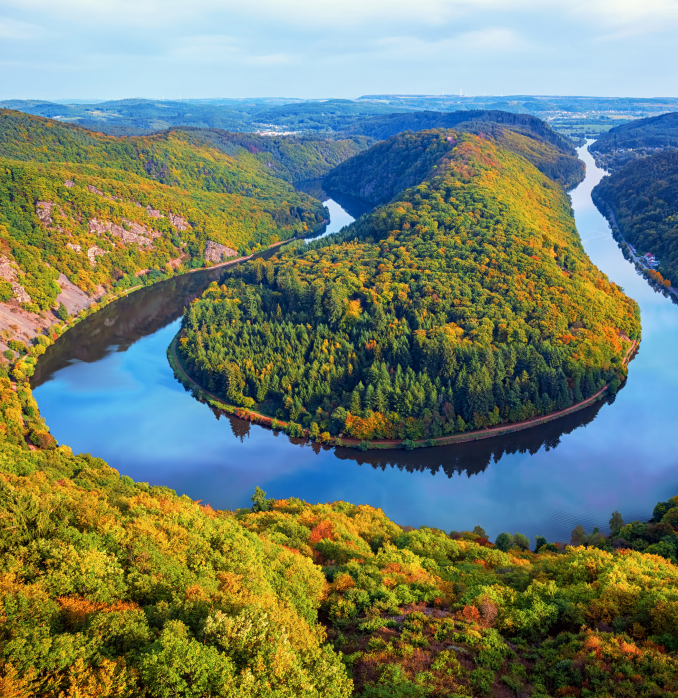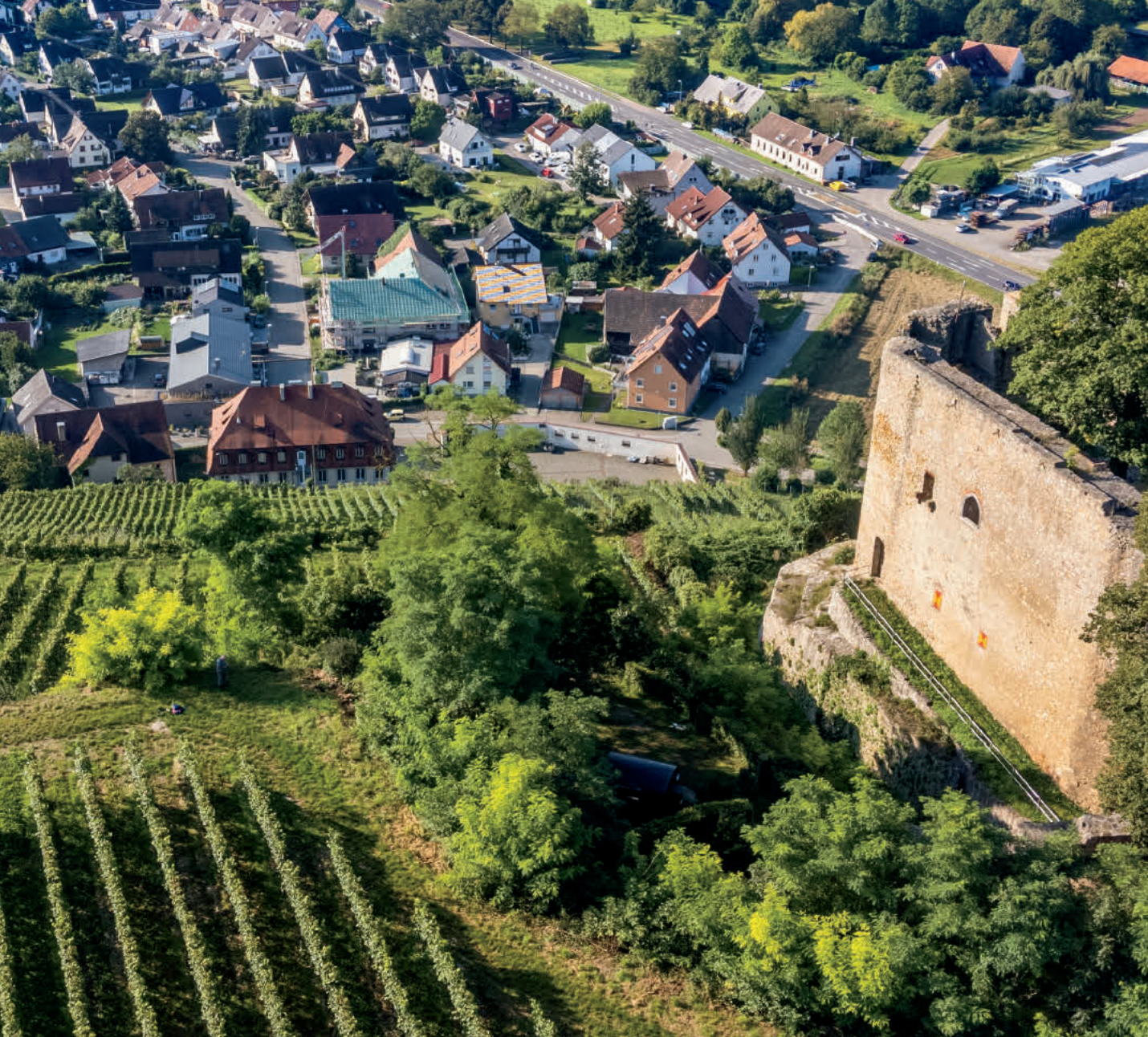In a perfect world, Dönnhoff would be a recurring feature here on SommSelect. Their single-vineyard wines are some of the world’s most hauntingly complex Rieslings and, for the price, offer some of the greatest value in the world of wine.
“I make wines for myself, not for the market,” says owner Helmut Dönnhoff, whose mineral-driven, classically-styled wines constantly deliver profound depth and equilibrium. I truly believe—whether you enjoy dry or sweet, white or red, light- or full-bodied—that today’s offer is for everyone. This sub-$30, barely off-dry Riesling provides us with a dazzling array of ripe fruit and seamless acid that perfectly complements the touch of sugar. But the sweetness here is more like an undercover agent for the wine—fully integrated, extremely important, and largely undetectable. Dönnhoff is the best of the best, providing layered textures and—dare I say a level of intelligence—that most whites miss at several times the price. Those that know the respected Dönnhoff name already have their cart brimming, but for any newcomers, don’t be shy—this is a superb value and we’re happy to encourage case purchases today. Note also that this wine will also age effortlessly: enjoy over the next few years or revisit it on its 10th, even 15th birthday.
About a quarter millennium ago, the Dönnhoff family arrived in the Nahe. They chose the quaint town of Oberhäusen—which today’s “Leistenberg” vineyard overlooks—to build their farm, where they tended to livestock, vegetables, and grapes. Hermann Dönnhoff (grandfather of current owner, Helmut) officially launched the estate in the 1920s and Helmut took the reins in 1966. At this time, livestock and vegetables were still prevalent—they only had four hectares of vine—but after their extraneous farmland was sold off in 1971, Helmut began focusing on wine. With more than 45 vintages under his belt, Helmut, now joined by his son, Cornelius, have created something grand out of nothing. Decades ago, no one knew the Dönnhoff name. Today, they’ve increased their holdings to 25 hectares—with no further plans of expansion—and are known as the King of Riesling. Quite a feat.
Today’s wine comes from the “Erste Lage” (the German equivalent of Premier Cru) vineyard of Leistenberg, just across the river from Brücke and Hermanshöhle, two esteemed sites for Dönnhoff’s top-tier wines. Leistenberg is a southeast-facing slope—the highest peak in the Nahe—with steep inclines that allow for great drainage. Vines range from 15-60 years of age and roots are buried into weathered slate and clay. All vineyards are Certified Sustainable and grapes are harvested by hand. In the winery, a natural fermentation and a brief aging regimen is conducted in a combination of stainless steel and large neutral oak barrels known as stückfass. These whopping 1000-liter barrels have incredibly thick staves that rest outside 7-12 years for “proper seasoning” before being being put into rotation. Needless to say, the oak is neutral.
The 2016 Leistenberg Kabinett radiates a shimmering yellow-gold core with silver and neon green reflections dancing along the rim. The nose bursts with succulent yellow peach, lemon blossom, lime zest, quince, golden apple, guava, melon, honeysuckle, crushed slate, oyster shell, a touch of petrol, and a lingering mineral presence—you can expect the last two to become more pungent with additional bottle age. The palate reveals a dense wine with an electrifying jolt of acidity that dovetails the residual sugars. At this price, the integration here is in a class of its own. This is a wonderful treat to consume now, but as mentioned it can go the distance—as Helmut revealed in a Wine Anorak article I came across, “It is wonderful to drink these wines young and fresh on a warm day. But don’t drink it all in the first two summers after the harvest...I like it in the first two or three years and then after ten.” I recommend you take his advice: Buy a case, enjoy a handful (or two) now, and forget about the rest. When consuming, do so just below cellar temperature and allow the wine to open up in a Riesling or all-purpose white stem for 15-20 minutes. Pair this with the attached Thai recipe and feel free to spice it up as much as you want—this wine can handle heat in stride. Stock up and enjoy this superb value. Cheers!


